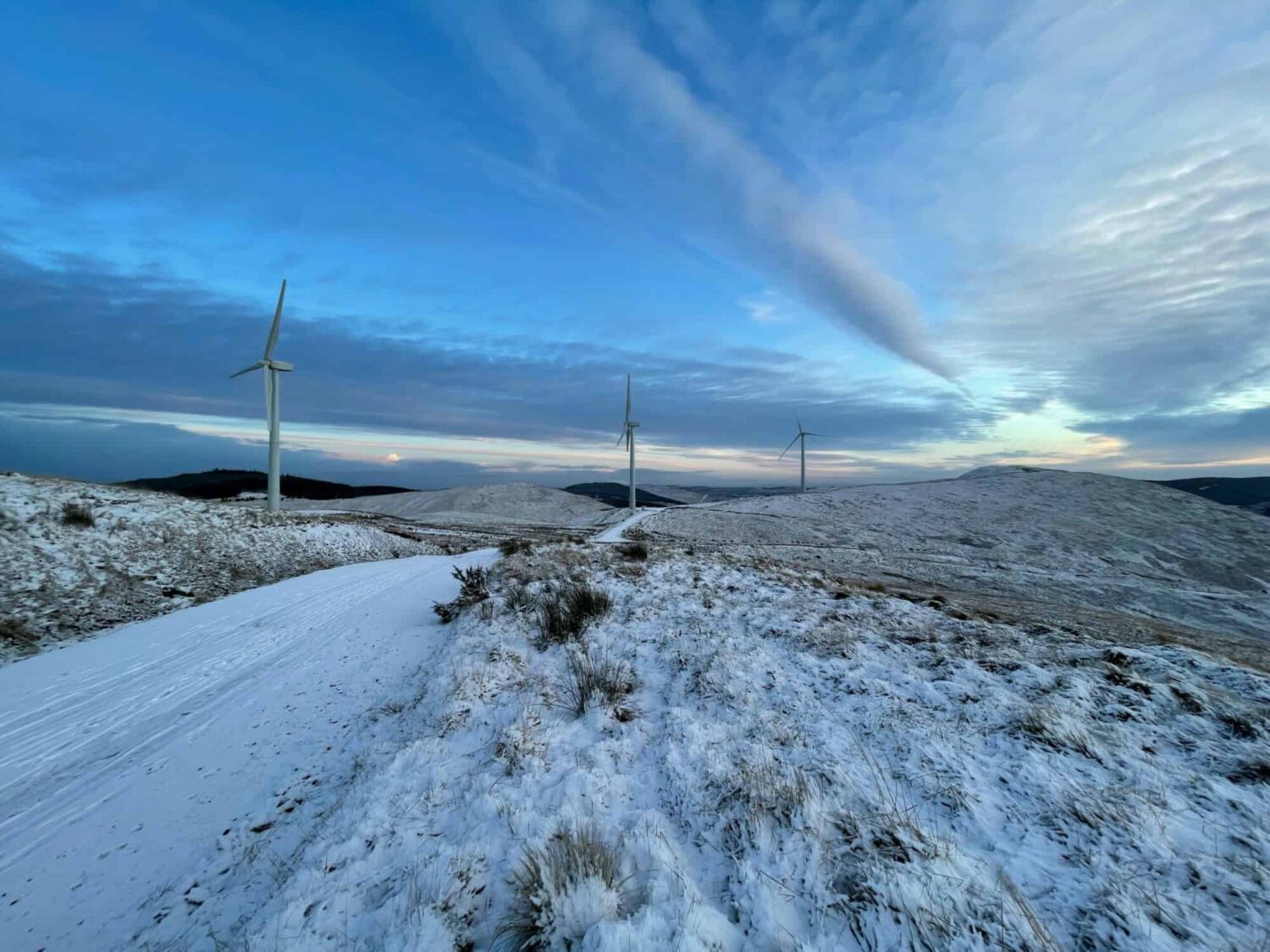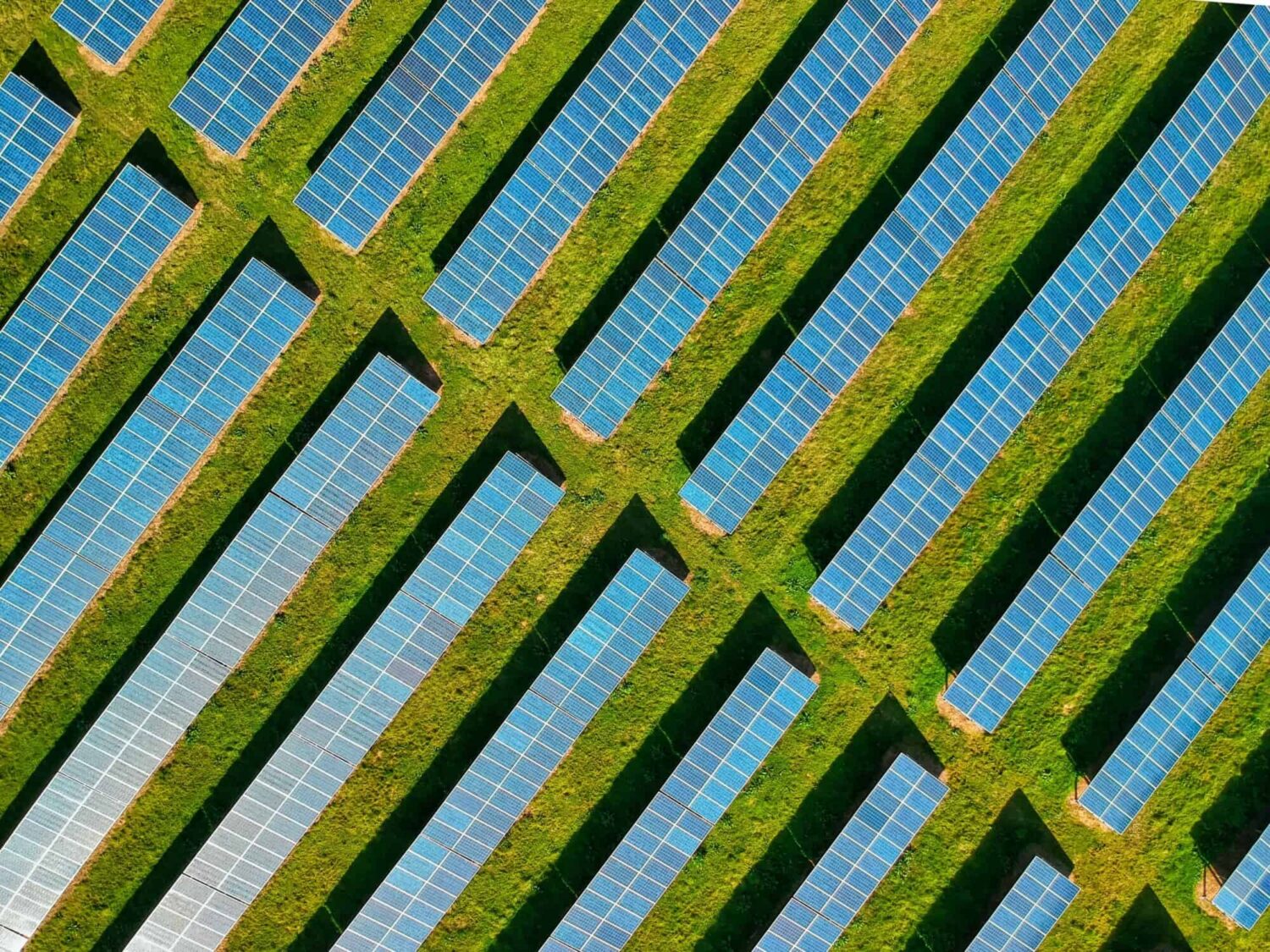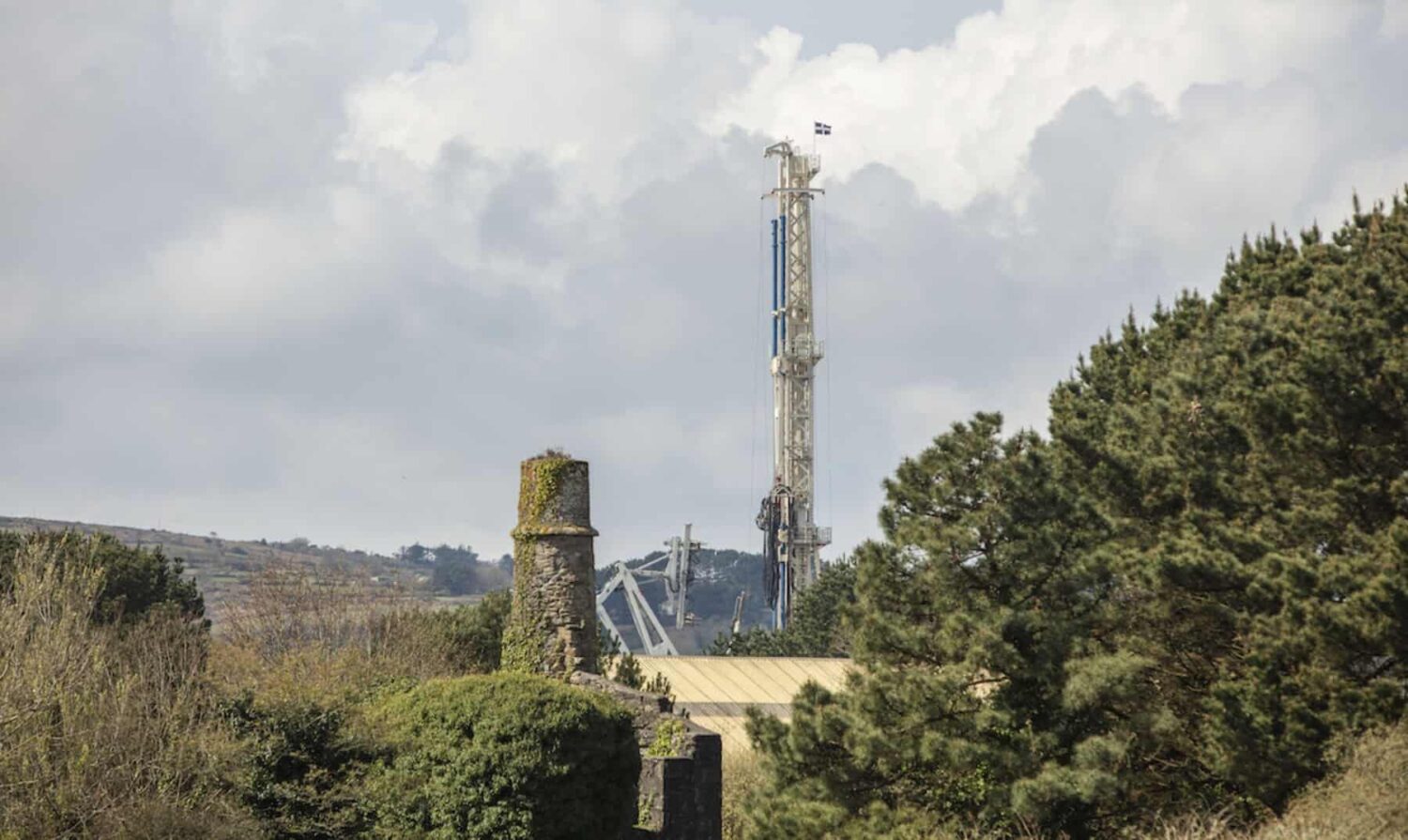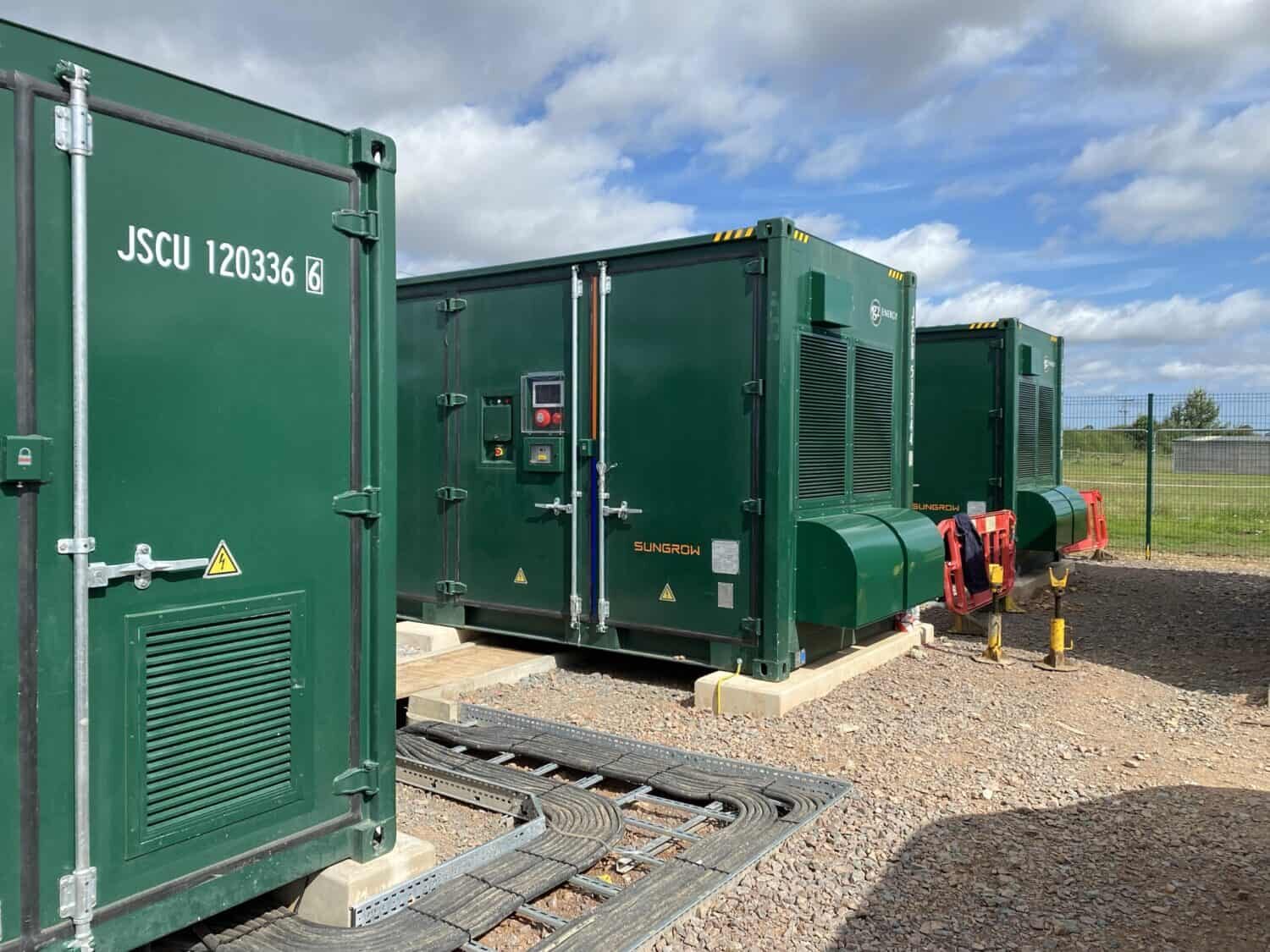The components for a fully green-powered electricity supply exist, it’s just a matter of scaling them up. We break down how each renewable, from wind to geothermal, fits into the mix, and when we might reach that 100% milestone
Renewables met a record 48% of the UK’s electricity needs in the first quarter of 2023 – an impressive figure when you consider that 13 years ago they accounted for just 7% – but progress still needs to ramp up to meet the government’s goal of a fully decarbonised electricity system by 2035. The good news is that experts reckon it can be done, albeit with a few caveats.
The Climate Change Committee (CCC), the UK’s climate watchdog, says it’s going to mean construction at unprecedented levels combined with planning reforms and incentives, plus a comprehensive long-term strategy from the government which – thus far – has been lacking.
“We’re moving in the right direction,” says Matthew Clayton, managing director of Thrive Renewables, which funds, owns and operates renewable energy projects. “But the weight and urgency of climate change isn’t going anywhere, so the sooner the better.”
With that message in mind, we take a look at some key renewables to see where things are at, and where they’re heading.
We’re currently about halfway to the CCC’s recommended target of 29GW of wind power by 2030. Image: Ondrej Rafaj
Wind
The winds of change have blown fiercely in 2023. In the first few months of the year, the UK’s 11,500 turbines topped gas-fuelled power stations to become our largest source of electricity. Dogger Bank, located off the coast of Yorkshire and set to be the biggest offshore wind farm on the planet when it’s completed in 2026, began generating electricity last month. And onshore, the government freed up the future of wind farm development by relaxing planning rules, although Clayton argues that the changes made were simply a “micro adjustment” and need to go further.
With just shy of 15GW currently installed onshore, there’s still some way to go to meet the CCC’s recommendation of 29GW by the end of the decade, and we also need to find another 36GW offshore to hit the government’s 2030 target of 50GW.
Boosting onshore wind doesn’t necessarily mean upping the volume of turbines, either. By replacing older turbines with newer, more efficient models, it’s possible to increase electricity generation without multiplying turbines.
As far back as 2006, this is what Thrive Renewables was doing. The Caton Moor wind farm in Lancashire, for example, was effectively ‘repowered’: the number of turbines was cut from 10 to eight, while electricity generation went up sevenfold. “The technology is leaping along,” says Clayton. “It’s not necessarily about stacks more turbines – it’s about using the best wind sites, better”.
Percentage of wind-powered electricity by 2035, as predicted by the CCC: 58%
Solar is surging, but grid capacity is a concern. Image: Red Zeppelin
Solar
This year’s big success story has been the explosive growth in rooftop arrays on homes and small businesses, putting 2023 on track to set a new record for solar installations.
The UK now has around 15GW of installed solar – still a long way off the government-set target of 70GW by 2035. With plans afoot to restrict solar farm development on agricultural land, the ‘untapped potential’ of commercial and public building rooftops – think schools, car parks, factories and warehouses – could be one way to plug the gap. Floating solar is another.
“The big constraint nationally at the moment is grid capacity keeping up with the additional power we need to transition from fossil fuels,” explains Clayton. “If we can take some of the heat out of the grid by generating electricity [literally] right on top of the demand then it makes an awful lot of sense.”
Case in point: solar developer Olympus Power, which Thrive has worked with on one such ‘direct wire’ solar project in the Midlands. The host company was able to benefit from stable, lower-cost energy generated right above the heads of factory workers.
“By using renewable energy in their production, they’re also lowering the carbon content of their product, making it more competitive, contributing to keeping jobs in the area,” adds Clayton. “There are lots of wins.”
Percentage of solar-powered electricity by 2035, as predicted by the CCC: 11%
United Downs geothermal project in Cornwall should produce enough electricity to power 7,000 homes. Image: Gareth Allen, Soundview Media
Geothermal
An abundance of cheap natural gas means the UK has been slow to catch on to the unlimited supply of clean energy below our feet, but things are hotting up.
In a study commissioned by the UK government, researchers from Durham Energy Institute found that, with the right government backing, a network of 360 geothermal power plants could supply large parts of the UK with electricity and heat by 2050. As an added bonus, they discovered some of the country’s poorest towns sit on land best suited to geothermal development, offering unexpected benefits to the government’s ‘levelling up’ agenda.
The technology works by pumping hot water from miles below the Earth’s surface and using it to drive steam turbines, producing electricity. Unlike wind and solar, geothermal plants can provide power 24/7, balancing out troughs and peaks in supply and demand, while surplus heat can be funnelled to district networks to warm homes and businesses.
The UK’s first commercial deep geothermal generator, United Downs in Cornwall, is set to come online next year, and should produce around 3MW of electricity – enough to power 7,000 homes – as well as 12MW of heat. Meanwhile, a former fracking site in North Yorkshire is due to be transformed into a deep geothermal project.
Cornwall is well-suited for geothermal energy, not just because of its geology, but because it is a populated area. Image: Darren Welsh
Dr Ryan Law, founder and managing director of Geothermal Engineering, the company behind United Downs, has stumbled on another surprising boon: the ability to extract lithium – crucial for manufacturing batteries – from water as it passes through the plant.
“We’re at the tip of a major shift in Europe and the US on how we source our critical minerals,” says Law. “Feeding into this potentially new world of zero carbon mining is going to be more and more of a feature of geothermal projects.”
Hydroelectricity
“As gas plants are retired, hydro is going to have its day,” predicts Clayton.
Like geothermal, hydroelectric plants offer an always-on solution to renewables, providing the grid with baseload power on the cloudiest, stillest days, and even at night. Take the Beochlich hydroelectricity scheme in Argyll, Scotland: it incorporates a storage reservoir to ensure the water keeps flowing even during periods of lower rainfall.
The UK is home to around 1,560 hydropower schemes, yet for now they meet less than 2% of our electricity demand. But Clayton, and others, believe that could all change as the energy transition gathers pace.
Hydroelectricity currently meets less than 2% of the UK’s electricity demand. Image: Gonzalo Facello
The CCC lumps hydro and geothermal plants in a small but still significant ‘other’ category of green electricity sources accounting for 6% of predicted total generation in 2035.
Percentage of hydro and geothermal-powered electricity combined, by 2035, as predicted by the CCC: 6%
Nuclear, biomass and the rest
The CCC’s forecast has nuclear power playing a significant role in the future energy mix, generating as much as 12.5% of the total. Another 10.5%, it says, will come from power plants fuelled by hydrogen, or by gas or biomass combined with carbon capture and storage technology. There’s still a tiny role, too, for traditional gas plants: the CCC forecasts they’ll operate on an occasional basis to generate around 2% of our electricity, with only a ‘small’ impact on emissions.
Total percentage of nuclear, biomass, and the rest, by 2035: 25%
A storage project at Wicken, near Milton Keynes, one of two run by Thrive Renewables. Image: Thrive Renewables
Battery storage
The variable nature of the UK’s mainstay renewables make batteries a key component of the clean energy transition, (as a facilitator, rather than a generator). As it stands, there’s around 2.1GW of installed capacity, but analysts predict exponential growth to around 24GW by the end of the decade, amid investment worth tens of billions of dollars.
2023 saw the UK’s largest battery energy storage facility power up near Luton, but even that looks set to be dwarfed by what will be the world’s biggest, slated for development at the Trafford Low Carbon Energy Park near Manchester, and with a capacity of 1GW.
Meanwhile in Bristol, Thrive became the first commercial battery operator to offer the local community a share in ownership of its 20MW storage facility at Feeder Road.
Total percentage of electricity demand that ‘flexible storage solutions’ including batteries will help facilitate, by 2035: around 10%.
Main image: studio-fi
















